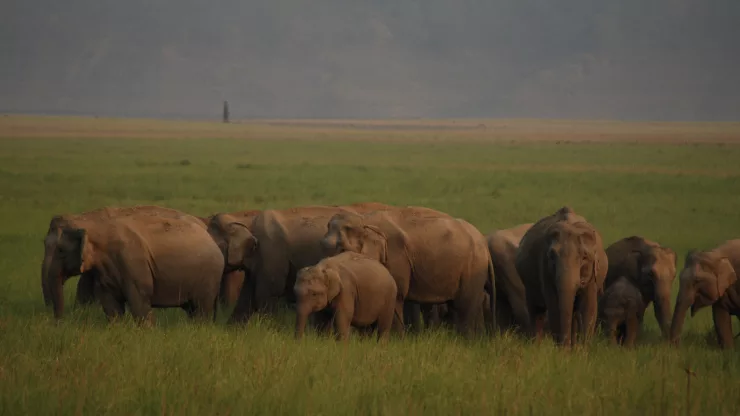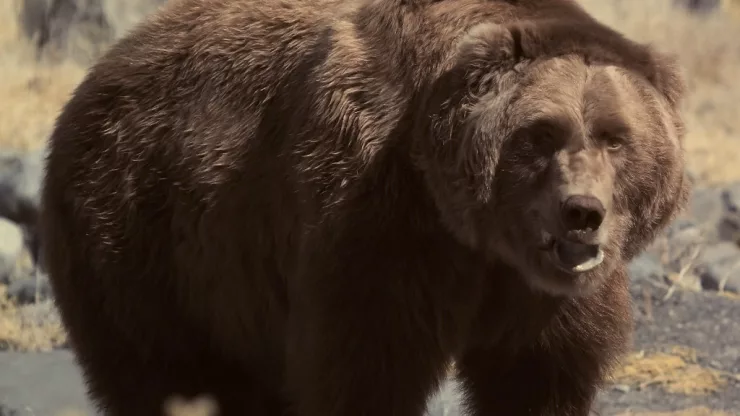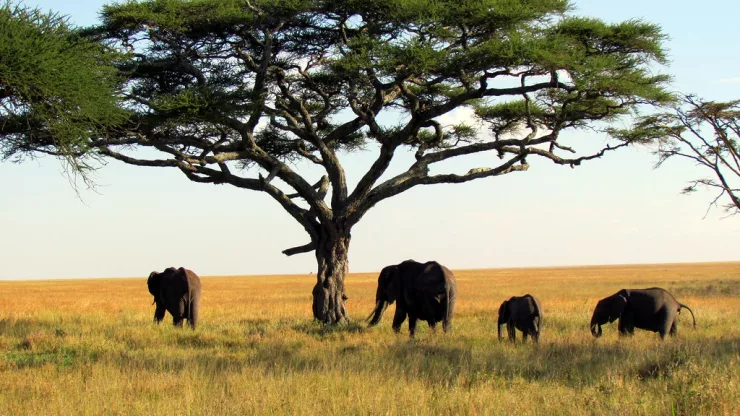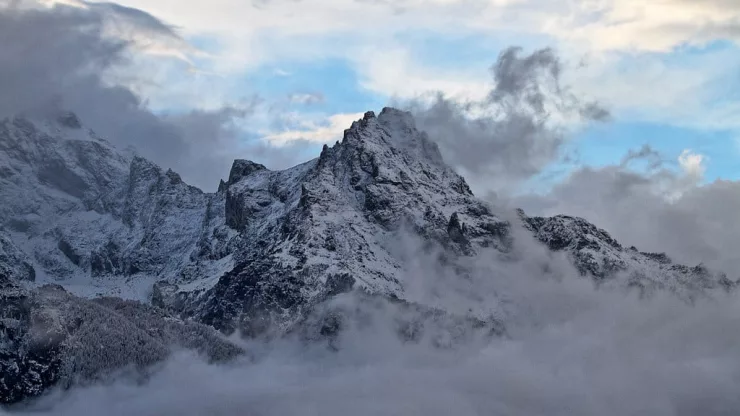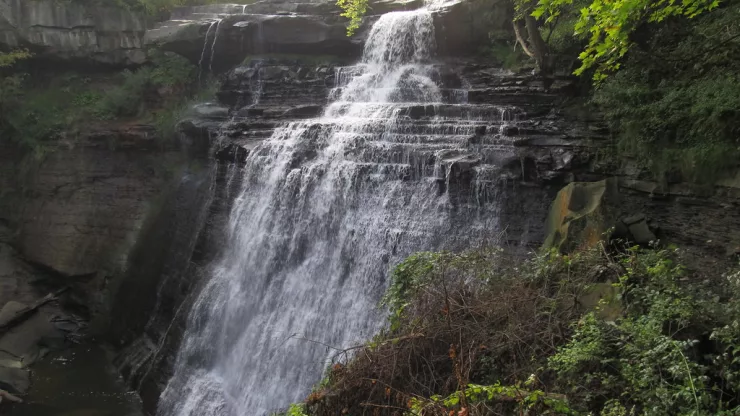Jim Corbett National Park: An Indian Wildlife Enchantment
Located in the state of Uttarakhand, Jim Corbett National Park is one of India’s finest and oldest national parks.
Established in 1936, the park is named after the legendary hunter turned conservationist, Jim Corbett.
Spanning over 500 square miles of forested area, the park is home to a diverse range of flora and fauna, including the Bengal tiger, Indian elephant, and Himalayan black bear.
It is a must-visit destination for nature lovers, adventure seekers, and wildlife enthusiasts.
Jump to Section
Discovering Jim Corbett National Park
Jim Corbett National Park offers a unique blend of adventure, scenic beauty, and wildlife.
The park is divided into five zones, each with its own set of attractions and activities.
The most popular zone is the Dhikala zone, which boasts of the highest concentration of Bengal tigers in the park.
Visitors can also indulge in activities like jeep safari, elephant safari, bird watching, and trekking.
The park also offers a range of accommodation options, from budget-friendly to luxurious, making it accessible to all types of travelers.
Wildlife Adventures in India’s Best Park
Jim Corbett National Park is home to over 600 species of birds, 50 species of mammals, and 25 species of reptiles.
The park’s most famous resident is the Bengal tiger, which can be spotted in its natural habitat during a jeep or elephant safari.
Other wildlife sightings include Indian elephants, Himalayan black bears, leopards, and a variety of deer species.
The park is also a bird watcher’s paradise, with several rare and endangered species like the crested serpent eagle, Himalayan griffon, and pallas’s fish eagle.
Exploring the Flora and Fauna of Corbett
Jim Corbett National Park is a treasure trove of flora and fauna, with over 488 species of plants and trees.
The park is situated in the foothills of the Himalayas, and its vegetation ranges from dense forests to open grasslands.
The Sal tree, which is the dominant species in the park, is used for making furniture, construction, and fuelwood. Other notable trees include the Semal, Rohini, and Kusum.
The park is also home to several medicinal plants, which are used in traditional Ayurvedic medicine.
Tips for Visiting Jim Corbett National Park
- The park is closed during the monsoon season (June to September).
- Visitors need to obtain a permit from the park authorities to enter the park.
- Only registered vehicles are allowed inside the park.
- Visitors should avoid wearing bright colors and perfumes, as it may attract unwanted attention from wildlife.
- It is advisable to carry insect repellent, sunscreen, and comfortable walking shoes.
- Visitors should respect the park’s rules and regulations and avoid littering.
FAQ
What is the best time to visit Jim Corbett National Park?
The best time to visit Jim Corbett National Park is from November to June, when the weather is pleasant, and wildlife sightings are higher.
How can I book a safari in Jim Corbett National Park?
Visitors can book a safari through the park’s official website or through a registered travel agent.
Is it safe to visit Jim Corbett National Park?
Yes, it is safe to visit Jim Corbett National Park if visitors follow the park’s rules and regulations.
Can I spot a tiger during a safari in Jim Corbett National Park?
There is a high chance of spotting a tiger during a safari in Jim Corbett National Park, especially in the Dhikala zone.
What is the entry fee for Jim Corbett National Park?
The entry fee for Jim Corbett National Park varies according to the zone and the type of safari.
Visitors can check the park’s official website for updated information.
Jim Corbett National Park is a true gem of India’s wildlife heritage.
With its breathtaking landscapes, diverse flora and fauna, and thrilling adventure activities, it is a must-visit destination for anyone looking to experience the beauty of nature.
So, pack your bags, grab your camera, and get ready for an unforgettable journey into the heart of the jungle.
I’m a nature enthusiast and creator of Metro Wilds and have spent years exploring the great outdoors.
With a passion for environmental conservation and sustainability, I have dedicated my career to writing about the beauty and wonders of nature, as well as the threats facing our planet.
Contact me at [email protected] for assistance.

